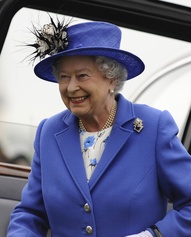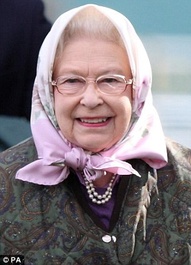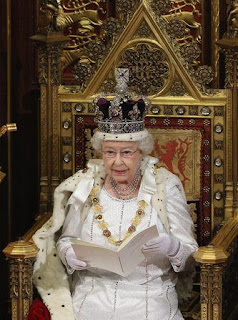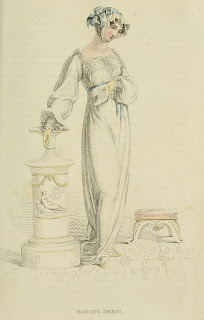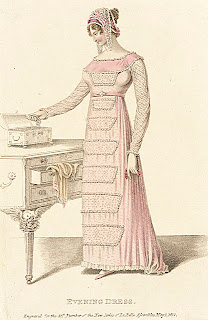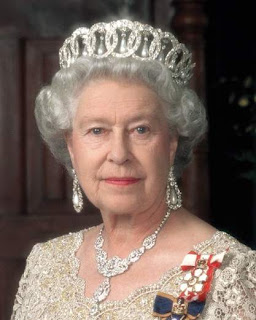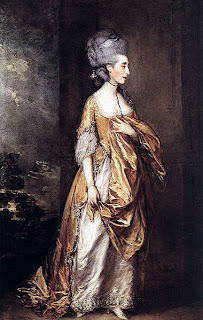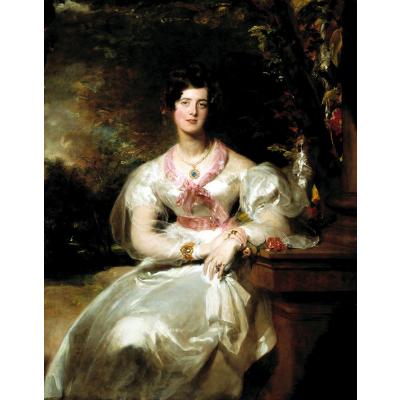Here are a few fashions from 200 years ago, from Victoria’s print collection. You might see something similar at Jane Austen Society meetings, Regency Dance groups, or Writer’s conventions, but few us us would probably want to cope with these outfits every day. Or want to change gowns several times a day.
At the end is a greatcoat for a gentleman to wear in the cool weather.
Thanks to Sue Forgue at the Regency Encyclopedia for some of the descriptions I was missing.
Ladies Monthly Museum, April 1812
The Full Dress (left), for this month, is made of white satin, ornamented round the bottom with a rich Grecian border, over which is worn a tunic of yellow Italian gauze, trimmed with deep white lace, and fastened up the front with cord of blue silk. Head dress à la Diana, ornamented with wreathes of artificial flowers in dead gold, with a crescent in front of the forehead, composed of pearls and sapphire; the necklace and ear rings to correspond; kid gloves and shoes of pale pink.
The Walking Dress (right) is a white Indian robe of Muslin, made high in the neck; with a richly worked collar to turn over that of the pelisse, which is of blue silk, trimmed with white lace; over which is worn a white,or coloured shawl; the bonnet to be of the same materials as the shawl, and is ornamented with a white feather;–laced half boots of regency brown.
Ackermann’s Repository Morning Dress April 1812
A superfine Scotch or French cambric, over a cambric slip, with full long sleeves, and ruff à la Mary Queen of Scots. A neck-chain and sight set in gold; bracelets and necklace of white or red cornelian. A Flora cap, composed of white satin and lace. A capuchin or French cloak of blossom satin or Pomona green, trimmed with thread lace. Slippers of pale pink or green kid; and gloves of tan or Limerick kid.
Ackermann’s Repository, Ball Gown, April, 1812
A round ciracassian robe of pink crape, or gossamer net, over a white satin slip, fringed full at the feet; a peasant’s bodice, of pink satin or velvet, laced in front with silver, and decorated with the same ornament. Spanish slash sleeve, embellished with white crape foldings, and furnished at its terminations with bands of silver. A Spartan or Calypso helmet cap, of pink frosted crape, with silver bandeaus, and embellished with tassels, and rosets to correspond. A rich neck-chain and ear-rings of Oriental gold. Fan of carved ivory. Slippers of pink kid, with correspondent clasps; and gloves of white kid: an occasional square veil of Mechlin lace
Ackermann’s Repository, Morning Dress, May 1812
A French frock of fine plain India muslin, with demi-train, and long full bishop’s sleeves. Waggoners’ cuffs, with gaged front, and shoulders to correspond. Tucker of double-rolled muslin, which also finishes the cuffs round the hands. A Parisian mob cap of fine lace, confined round the head, and terminating on one side with a celestial blue or silver grey ribbon. Sash of the same, tied in small bows and ends in front. Hair in waved curls, divided in the center of the forehead. Spanish slippers of lemon-coloured kid, and gloves of the same material. The peculiar taste and elegant simplicity of these habiliments are further specimens of the graceful invention of the celebrated Mrs. Gill, of Cork-street, Burlington-gardens, from whom we have obtained them.
Ackermann’s Repository, June 1812
A round robe of jaconot or fine cambric muslin, with long sleeve and high waist, with fan ruff of lace, ornamented up the front with borders of needle-work or lace, and finished at the feet with ball fringe. A Spanish hussar clock of deep amber sarsnet, lined with sea green or white, and trimmed with broad thread lace, put on very full. Hair disposed in bands and waved curls; a large square veil of white lace, thrown over the head and shading the face. Half-boots amber-coloured kid, and gloves a pale primrose. Small French caps of lace, ornamented with a small cluster of spring flowers, on one side, are often seen in this style of costume, and have an appropriate and pretty effect beneath the long veil.
Ackermann’s Repository, July 1812
An embr
oidered crape round robe, decorated at the feet with a deep Vandyke fringe; short melon sleeve; bosom and back to correspond. White or blossom satin under dress. Hair a dishevelled crop, ornamented with a small cluster of the Chinese rose on each side, and confined with a comb of pearl at the back of the head. Necklace, ear-rings, and bracelets, of pearl and wrought gold. Grecian scarf of lilac silk, with embroidered variegated ends. Slippers of white satin, and gloves of French kid. Fan of imperial crape and ivory, embellished with gold antique devices.
La Belle Assemblee, Evening Dress, April 1812
An embroidered white crape, or fine India muslin frock, with long sleeves, and trimmed round the bottom with fine lace, set on full, worn over a blush colour satin or sarsnet slip; the frock ornamented down the front of the skirt with beads and lace in the Egyptian style. Parisian mob, worn unfastened, of puckered pink, and white crape over pink satin. Small pink satin tippet, with full plaiting of lace. Cestus of pale pink, confined by a clasp of pearl. Pink satin slippers, with white rosettes. The jewellery worn with this dress is the shaded cornelian or large pearls.
La Belle Assemblee, Evening Dress, 1812
A robe of Imperial blue sarsnet, shot with white, with a demi train, ornamented with fine French lace down each side the front and round the bottom; the trimming surmounted by a white satin ribband; the robe left open a small space down the front, and fastened with clasps of sapphire and pearl over a white satin slip petticoat: short fancy sleeve to correspond with the ornaments of the robe. Parisian cap made open, formed of rows of fine lace and strings of pearl, the hair dressed à-la-Henriette of France, appearing between, and much separated on the forehead. Pearl necklace, and hoop earrings of the same. Scarf shawl in twisted drapery of fine white lace. White kid gloves and fan of ivory, ornamented with gold. Slippers the same colour as the robe, with white rosettes. This beautiful dress is the creation of Miss Walters, Wigmore-street, Cavendish-square
Ladies Monthly Museum, Morning Dress, June 1812
A white jaconet muslin gown, buttoned down the front with white regency buttons and trimming formed en lozenge; handkerchief, gloves, and sandals of dragon fly green; figurante cap ornamented with a rose in front.
Text from Michelle Anne Young’s Regency Rambles
La Belle Assemblee, Riding Outfit, August,1812
Made of ladies habit cloth or Maria Louisa Blue, trimmed down each side of the front with Spanish buttons, the waist rather long with three small buttons on the hips; a short jacket full behind, the front habit fashion with small buttons up the neck and a row of small buttons on each side of the breast; a lapel thrown back from the shoulders and trimmed with Spanish buttons, has a most elegant effect and gives a graceful finish to the dress. The collar is made about a quarter inch in depth and fashioned negligently at the throat with a large cord and tassel; it opens sufficiently to display the shirt which is of lace in general but this article admits of considerable variations; some of our elegants wear a collar of lace to fall over, others have a shirt edged round the neck with a rich lace frill and not a few, in despite of the heat of the weather, envelope their necks in a large cravat of India muslin. A small woodland hat, whose colour corresponds with the dress with two white ostrich feathers fastened behind and falling carelessly over the left side. A cord and tassel is brought round the hat and fastened near the top of the crown on the right side. Buff gloves and half boots either of buff jean or leather.

Costume Parisienne, 1812: Five-collared Carriage Coat (Redingote)

















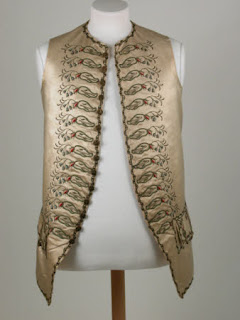













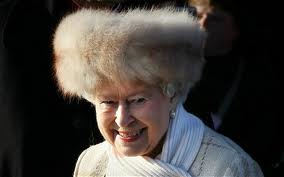






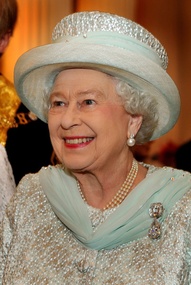




.jpg)

